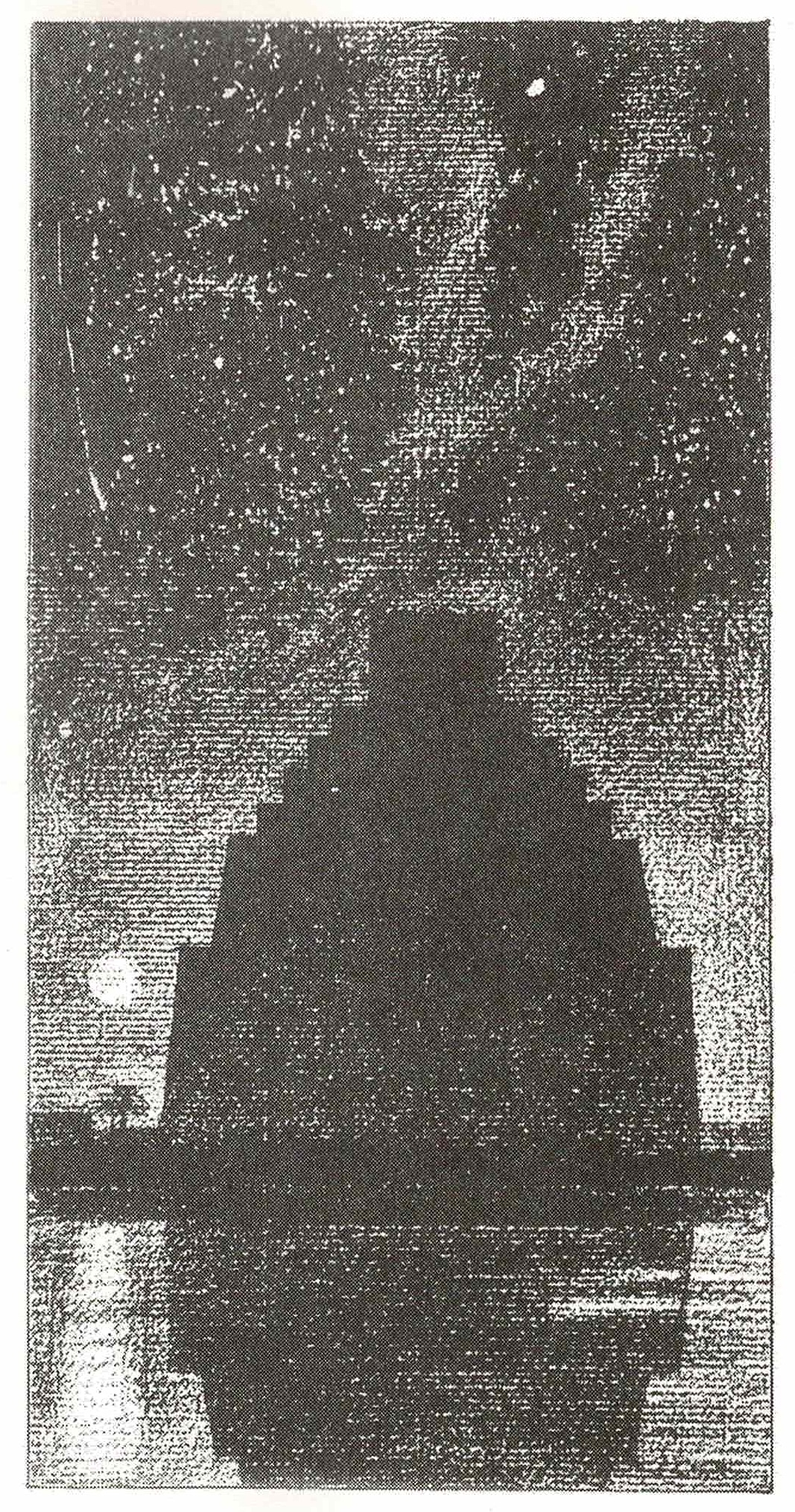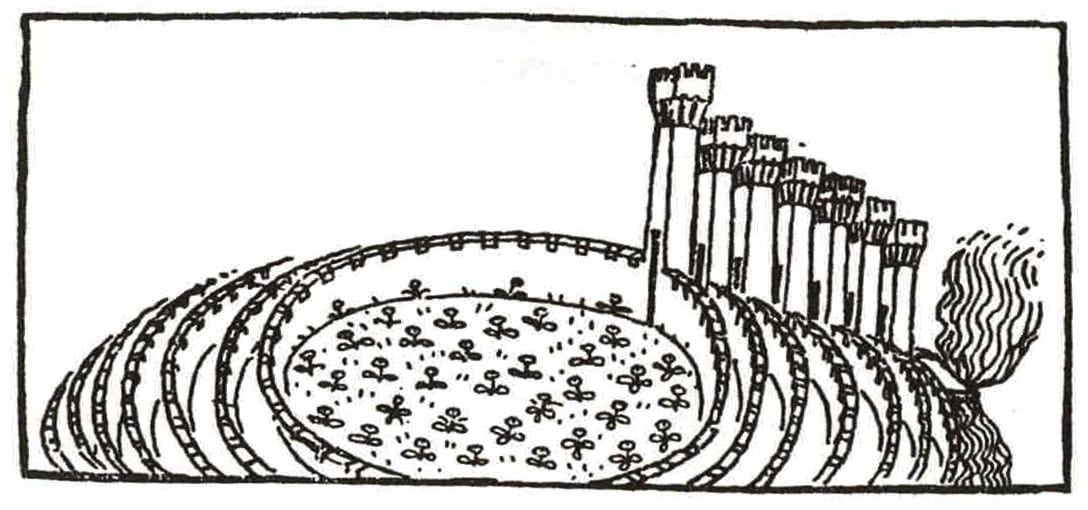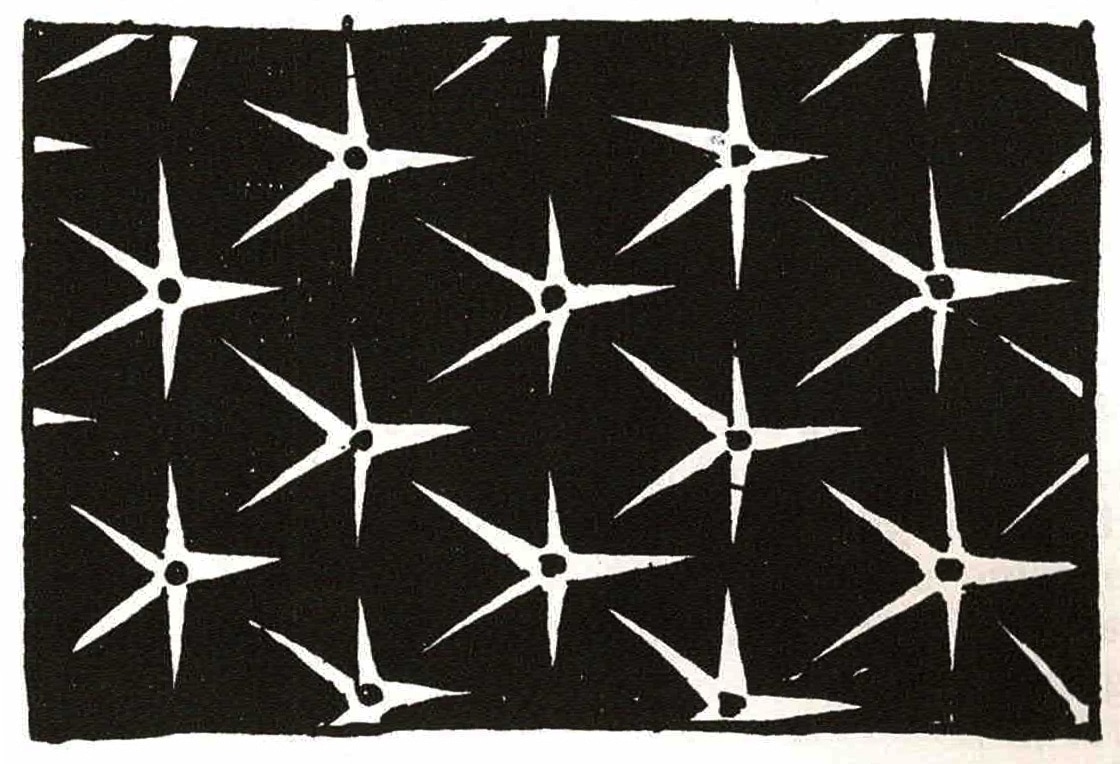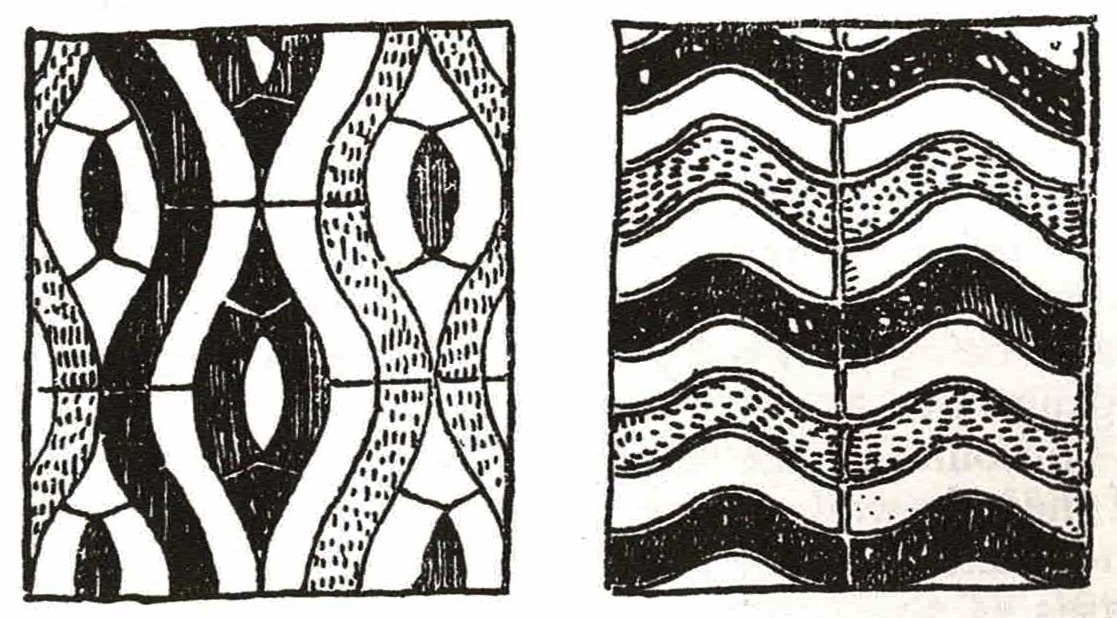W. R. Lethaby: Architecture, Mysticism and Myth
This is the first text in this series, where Hugh Strange visits key texts throughout W. R. Lethaby’s life. Here we start at the beginning with Architecture, Mysticism and Myth, first published in 1891.

In many respects, and certainly in relation to his later output, William Richard Lethaby’s first book, Architecture, Mysticism and Myth, is something of an oddity. Lethaby had left full-time employment as chief assistant to Norman Shaw in 1889 to establish his own practice, but continued working with Shaw on a part-time basis for two years during the development of the first major project of his own practice, Avon Tyrell. Alongside design work, much of this transitional period was spent researching and writing at the British Museum, and his book was subsequently published in 1891, soon after James Frazer’s The Golden Bough: A Study in Comparative Religion in 1890, and Andrew Lang’s Myth, Ritual and Religion in 1887, from which Lethaby acknowledged his title had been derived. As with these contemporary works, the text closely relates to a nineteenth century interest in anthropology, but cannot be entirely disassociated from the late Victorian taste for orientalism and spiritualism.
The book references a broad range of historical and geographical cultures, seeking common underlying principles that might inform a universal foundation for architectural understanding: the mythical origins of architecture. Rather than focus on what differentiates styles, Lethaby pieces together similarities across centuries and continents, suggesting a universality that lies in a common language of symbolism, born from our experience of nature.

Following an introduction that outlines the text’s theoretical basis are twelve chapters, each focussing on a particular symbol and depicting an architectural feature that is seen to be derived from nature. From cultures as diverse as Ancient Egypt, China, and Mexico, Lethaby recounts the common usage of mythical representations, including such compelling examples as pavements that represent the sea, ceilings of the sky, and domes of the firmament. Throughout, parallels are sought in the physical depictions of disparate belief systems.
After the various historicisms of the preceding years, Lethaby’s intention was clearly to establish a firmer basis for a contemporary architectural language. But despite being the book with which he is most closely associated, the writing lacks the precision of his later work and appears something of an anomaly in relation to the avowed rationalism he later became known for, jarring with the image of the dry, practically-minded Arts & Crafts architect who repudiated historical styles in favour of a common sense approach, or indeed with the proto-modernist of Reyner Banham’s histography.


When published, Architecture, Mysticism and Myth was heralded by his contemporaries, many eager for a renewed basis of decoration in symbolism. Others, however, including one reviewer in The Times who described it as ‘simply unintelligible’, viewed the book as clumsily written and unscholarly. Even Lethaby himself later commented on the weaknesses of the book, calling it ‘the most ignorant book ever published’. Towards the end of his life, he had the opportunity to reconsider the subject, and the text was revised, with a shift away from the earlier emphasis on anthropology and towards psychology, republished in 1928 under a new title, Architecture, Nature and Magic. His own fiercest critic, in the revised work, Lethaby wrote of Architecture, Mysticism and Myth, ‘My little book was very insufficient and in many ways feeble; second rate and second-hand authorities were mixed up with true sources, and the whole was uncritical and inexpert… My little volume went out of print and I was pleased that it should be unobtainable.’ Thankfully, both texts can still be found.
Architecture, Mysticism and Myth by W. R. Lethaby can be read online here.

– André Tavares